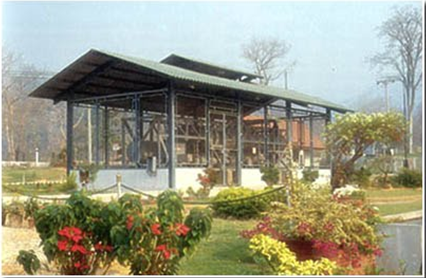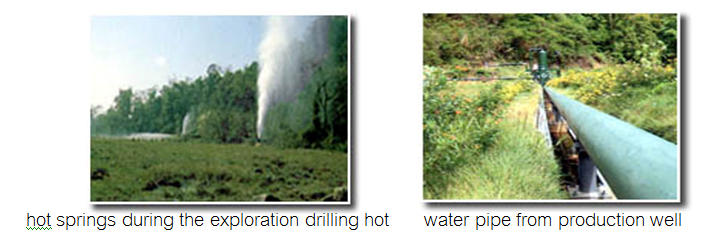Geothermal Energy In Thailand

DEDE targets to produce 1 MW electricity from geothermal in accordance the 10-year Renewable & Alternative Energy Development Plan (AEDP).

The 10-year AEDP sets a target to develop 1 MW of power production from geothermal. As of 2006, a study by the Department of Alternative Energy Development and Efficiency found a total of 112 hot brine sources in in every regions of Thailand except Northeastern. Water temperatures on the surface level ranged between 40-100 degrees Celsius and most of the hot springs were originated from granite, especially along the fault line, in the Northern provinces such at Mae Jan in Chiangrai and Fang in Chiangmai.
The Department of Mineral Resources, in collaboration with the Chiangmai University and the Electricity Generating Authority of Thailand, had test-run a 300KW power production from geothermal project at Fang in Chiangmai. Power production cost of the project was eight times cheaper than production from fossil fuel, with several times cheaper maintenance cost and longer durability.
Findings of the project reflect development potential of hot springs in Thailand for power generation. Key factors determining effective geothermal energy development are:
1. Geothermal Exploration: A number of academia, including geologists, geophysicists, geochemists, and hydrologists, have to join hands to work on exploration planning and procedures.
2. Drilling Cost: The drilling cost depends largely on size of the source, number of exploration wells, size and depths of the wells, and geographical characters of the source. The costs include drilling and other equipment, blow out preventor, drilling head, fuel, lubricants, expendable materials, wage, etc.
3. Bore Characteristic: This is subject to pressure and temperature at the source, flow rate, hot- water or steam thermal, quality of thermal, porosity and permeability.
4. Fluid Collection and Transmission: This depends on designs and installation of pipes, valves steam separation system, silencer, control and safety equipment, re-injection system.
5. Geothermal by Product: Thermal can be used for power generation, agricultural, heating, and industrial purposes. Moreover, the source can also be developed into tourist attractions. These factors need to be factored in during the consideration of economic value in geothermal projects.
Hot springs can be used either directly or through electricity generation, depending on a number of factors including characteristics of the springs, temperature, flow rate, reservoir size and structure etc. Seismic study, both above and underground, is required. Hot springs are current be used for various purposes including agricultural product heating, cold storage industry, recreation and tourism sectors.
The development of geothermal energy will emphasize on joint investment between community and the private sector to promote sustainable development and participation of local residents. It will also study renewable energy promotion measures to ensure small power producers of stable revenue streams and success of the project.
| Attachment | Size |
|---|---|
| 124.49 KB |


